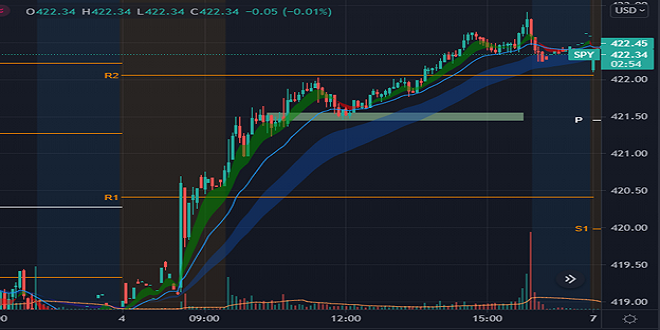
Introduction
The stock and futures markets have several functions. In stocks, the market allows corporations to raise funds for the expansion of their businesses. In the future, the most important function is to provide a means by which producers—such as farmers, mining companies, banks, and the like—and end-users—such as manufacturers, food processors, petroleum processors, and the like—can market what they produce and buy what they need. By far these two groups of market participants comprise most of the transactions that occur in futures. However, the third major group, traders or investors, provides a buffer between the two major groups and also constitutes a good portion of market activity
The purpose of trading or investing
As speculators or traders, we have only one purpose or goal in trading and that is to make money. There is no other goal! If you are in the futures markets for any other reason, then you are doing this for the wrong reason.
What is “structure”?
Every trade must have three aspects to it. These three aspects, or steps, comprise the structure of trade. Structure in trading is necessary because it decreases the odds of random or emotional decisions and it brings vital organization to your trading.
Determine a setup
As noted above, a setup (S) is a pattern that has shown a strong tendency to repeat over time. There are literally thousands of setups, but few are reliable or accurate.
The first setups I will teach you are based on seasonal key dates. This method is highly reliable and constitutes one of the most effective approaches that I know of to futures and stock trading. What does the setup above tell us? It tells us that buying May crude oil futures on the close of trading on January 27 and exiting February 2 (or on the close of business the next trading day if the market is closed on the given date) would have been correct over 90 percent of the time since 1984 using a stop-loss close of only 4 percent below the entry price.
Use a trigger for every setup
The trigger is a method used to confirm or validate a setup. The methods you will learn in this course require a setup and a trigger for every trade. There are no exceptions to this rule! Triggers are similar to what most traders call timing indicators. The triggers I teach you are very simple and very specific. Remember, it is the combination of setup and trigger that places you way ahead of most traders.
Last word
Without both elements, you will likely be like most traders—you will have many small victories that will be more than neutralized by a number of large losses. Unless you are able to bank large profits, you will never succeed at this game. In future lessons, you will learn specific follow-through methods designed to limit losses and maximize profits.




